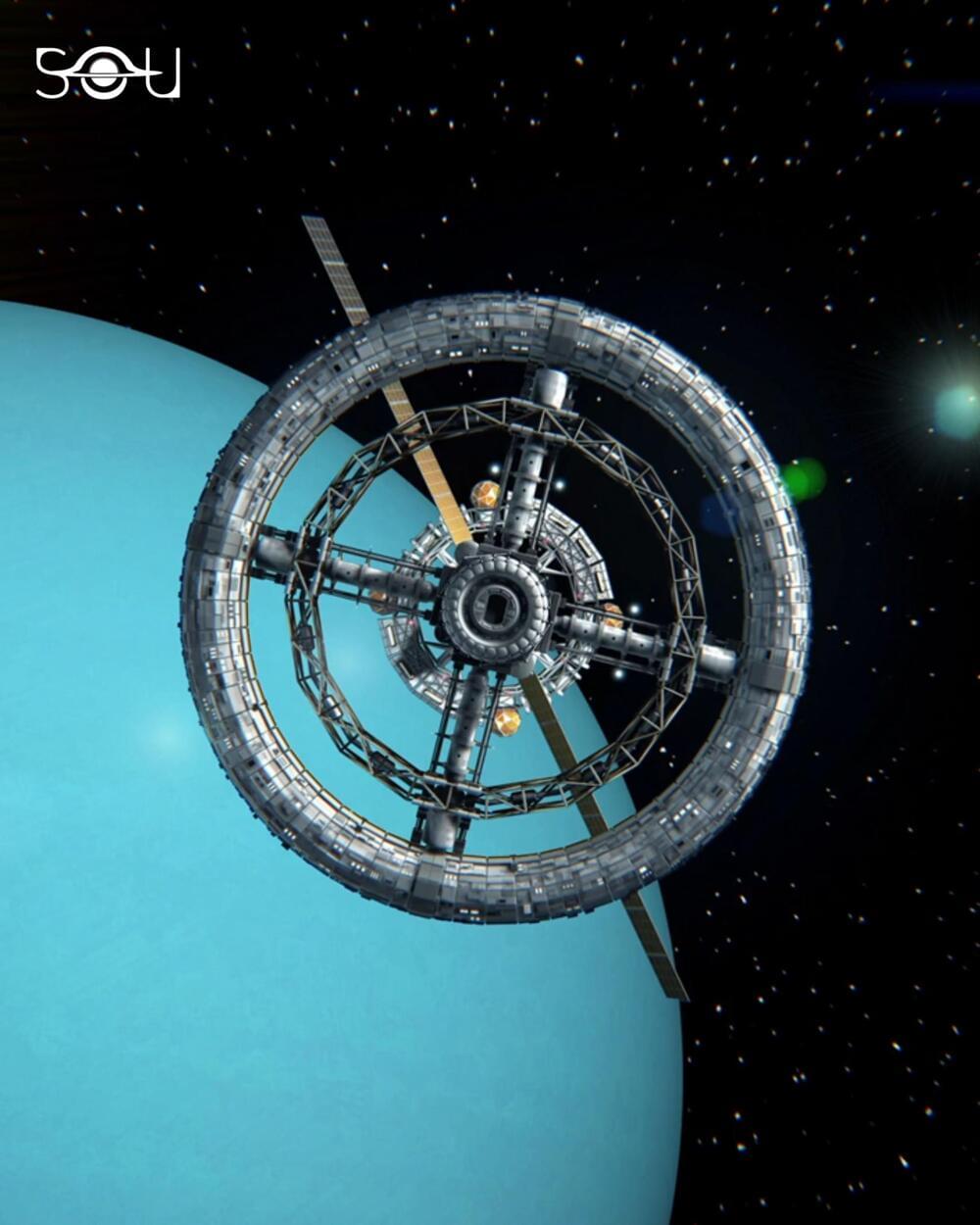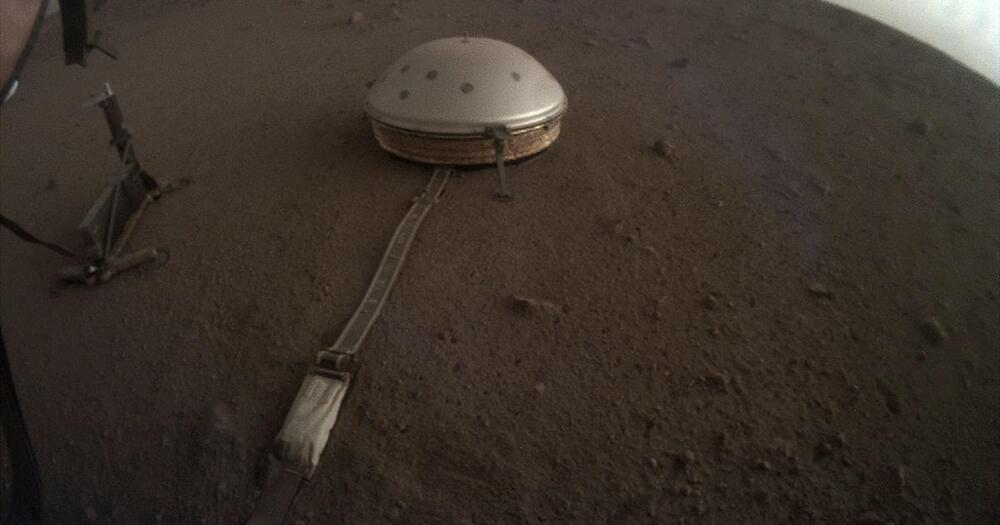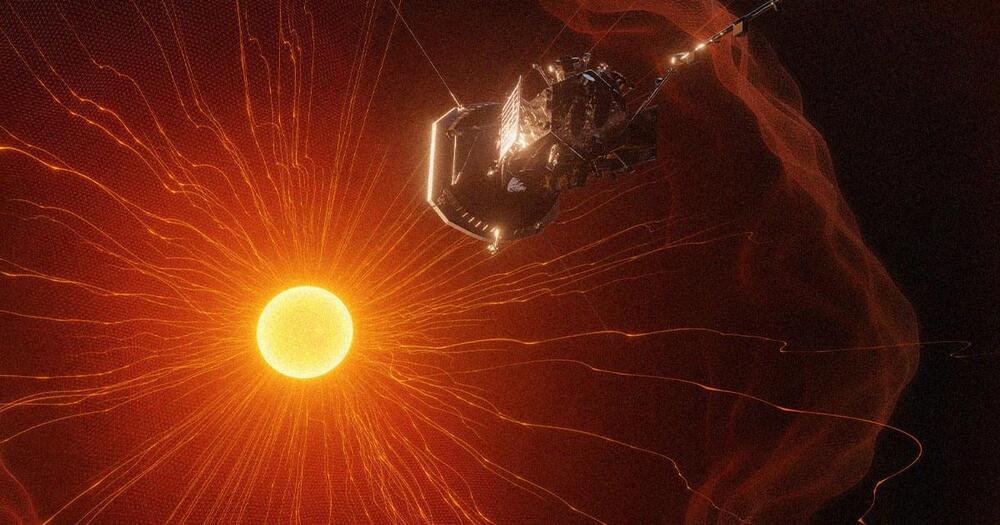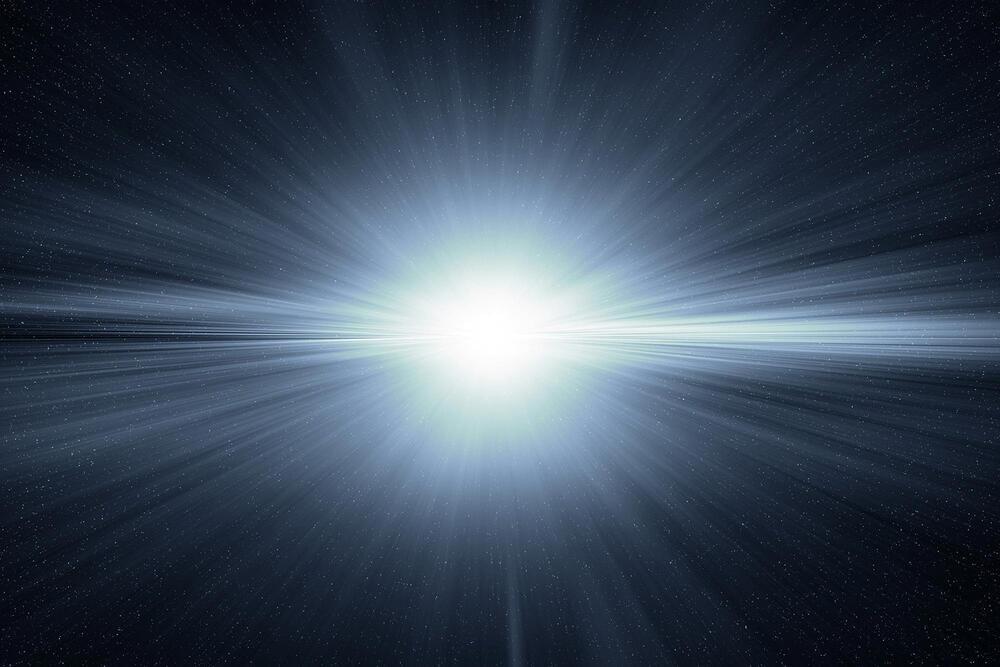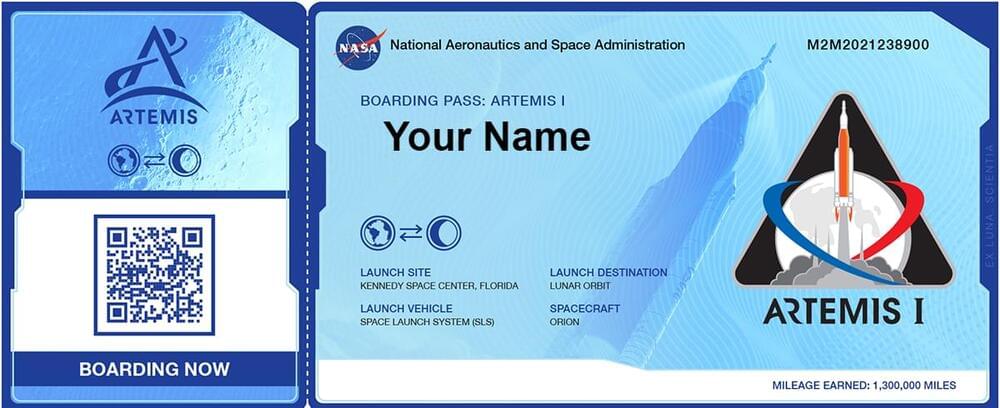Archive for the ‘space’ category: Page 394
May 17, 2022
After months spent in space, it is very hard for an astronaut to walk on earth
Posted by Muhammad Furqan in category: space
May 17, 2022
NASA announces the end of its Marsquake-hunting lander
Posted by Atanas Atanasov in category: space
Martian dust is bringing a unique Martian mission to an end.
The InSight lander set down on Mars in November 2018. But now, like Opportunity before it, Mars dust is shutting down solar power to the mission.
May 16, 2022
NASA’s Probe Took a Video as It “Touched the Sun” and Wow
Posted by Quinn Sena in category: space
May 16, 2022
Robot dog may get to go to the moon
Posted by Dan Breeden in categories: mapping, robotics/AI, space
The robotic explorer GLIMPSE, created at ETH Zurich and the University of Zurich, has made it into the final round of a competition for prospecting resources in space. The long-term goal is for the robot to explore the south polar region of the moon.
The south polar region of the moon is believed to contain many resources that would be useful for lunar base operations, such as metals, water in the form of ice, and oxygen stored in rocks. But to find them, an explorer robot that can withstand the extreme conditions of this part of the moon is needed. Numerous craters make moving around difficult, while the low angle of the sunlight and thick layers of dust impede the use of light-based measuring instruments. Strong fluctuations in temperature pose a further challenge.
The European Space Agency (ESA) and the European Space Resources Innovation Center ESRIC called on European and Canadian engineering teams to develop robots and tools capable of mapping and prospecting the shadowy south polar region of the moon, between the Shoemaker and the Faustini craters. To do this, the researchers had to adapt terrestrial exploration technologies for the harsh conditions on the moon.
May 16, 2022
Rapid Neutron Capture: Astronomers Discover “Gold Standard” Star in Milky Way
Posted by Genevieve Klien in categories: chemistry, physics, space
A team of astronomers led by University of Michigan’s Ian Roederer and including Carnegie’s Erika Holmbeck have identified the widest range of elements yet observed in a star beyond our own Sun. Their findings will be published in The Astrophysical Journal Supplement Series.
The researchers identified 65 elements in the star, which is called HD 222925. Of these, 42 are from the bottom of the periodic table. Their identification will help astronomers better understand rapid neutron capture process — one of the main methods by which the universe’s heavy elements were created.
“To the best of my knowledge, that’s a record for any object beyond our Solar System. And what makes this star so unique is that it has a very high relative proportion of the elements listed along the bottom two-thirds of the periodic table. We even detected gold,” explained Roederer, a former Carnegie postdoc. “These elements were made by the rapid neutron capture process. That’s really the thing we’re trying to study: the physics in understanding how, where and when those elements were made.”
May 16, 2022
Canadian Telescope Delivers Deepest-Ever Radio View of Cosmic Web
Posted by Shubham Ghosh Roy in category: space
Data from the CHIME radio observatory are a milestone in the quest to discover the hidden origins of universal structure.
The window is closing soon to send your name around the Moon.
Sign up for free and get a custom boarding pass for the NASA Artemis I flight: nasa.gov/wearegoing
May 15, 2022
Asteroid mining: Helping to meet Earth’s natural resource demands
Posted by Dan Kummer in category: space
With Earth’s natural resources running out, people are looking to mineral-rich asteroids to meet demand.
May 15, 2022
Making a Magnetosphere for Mars
Posted by Dan Breeden in categories: engineering, environmental, space
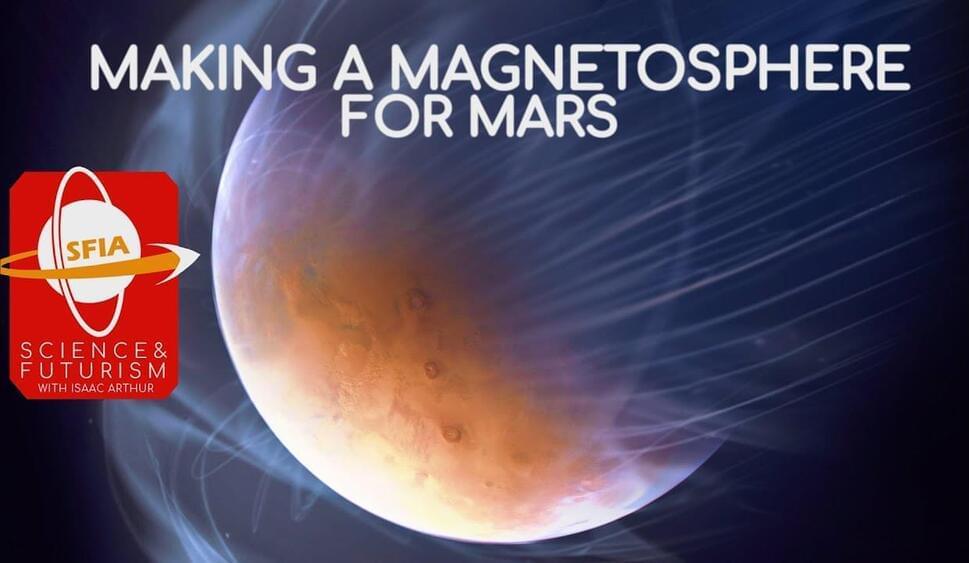
Sign up for a Curiosity Stream subscription and also get a free Nebula subscription (the streaming platform built by creators) here: https://curiositystream.com/isaacarthur.
We believe Mars may once have had oceans and sky, but lost them from a lack of a magnetosphere. How does this happen, and how can we create a magnetosphere for Mars so we can terraform and live on it?
International Space Development Conference Registration: https://isdc2022.nss.org.
Martian Magnetosphere paper by R.A. Bamford: https://arxiv.org/abs/2111.06887
Visit our Website: http://www.isaacarthur.net.
Support us on Patreon: https://www.patreon.com/IsaacArthur.
Support us on Subscribestar: https://www.subscribestar.com/isaac-arthur.
Facebook Group: https://www.facebook.com/groups/1583992725237264/
Reddit: https://www.reddit.com/r/IsaacArthur/
Twitter: https://twitter.com/Isaac_A_Arthur on Twitter and RT our future content.
SFIA Discord Server: https://discord.gg/53GAShE
